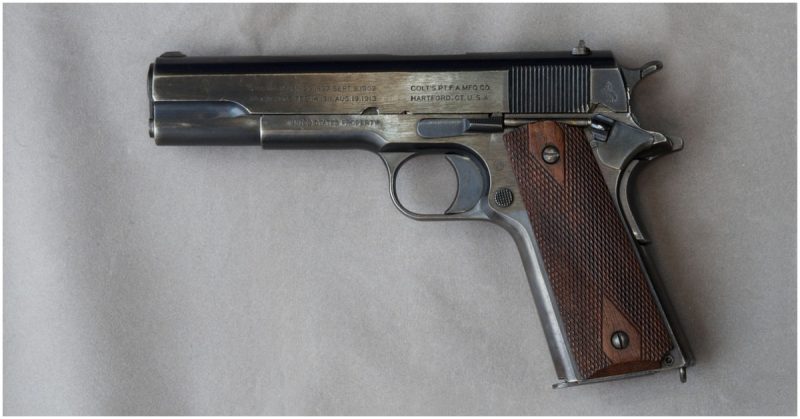The hobby of gun collecting has existed almost as long as guns have. Rulers acquired carefully crafted weapons, their visual beauty often more important than their functionality. In the modern era, both are valued by collectors.
As in any collecting hobby, some weapons are incredibly rare, expensive to obtain and maintain, and costly to take to the practice range.
For the average collector there is no shortage of guns, and World War II, being the massive conflict it was, offers many options for the regular collector looking for a decent handgun to add to his collection.
The Walther P38 was designed to replace the more expensive, iconic Luger P08. Production began in 1939, with the weapon including several features similar to the Luger, such as a similar safety system. Though not as distinctive as the Luger, it offers a compact design based around 9 mm rounds.
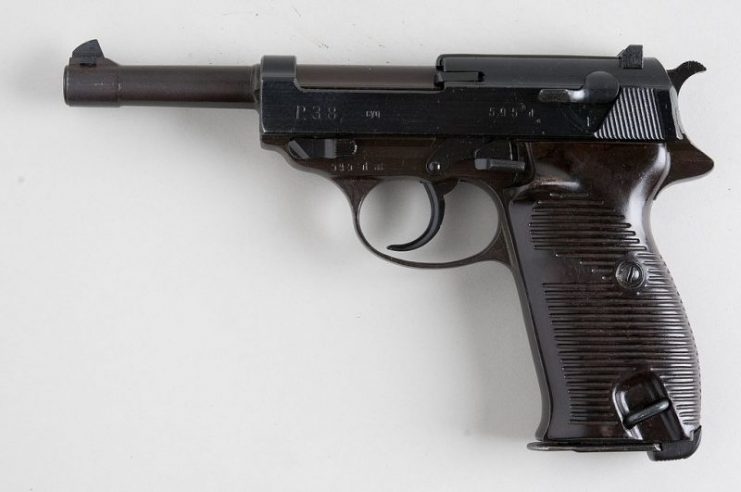
Even after the end of the war, production continued through the 1960s, and the gun remained in military and police use until the 1990s. The P38’s slide positioned decocking safety feature proved popular enough that other manufacturers copied it, including Smith and Wesson.
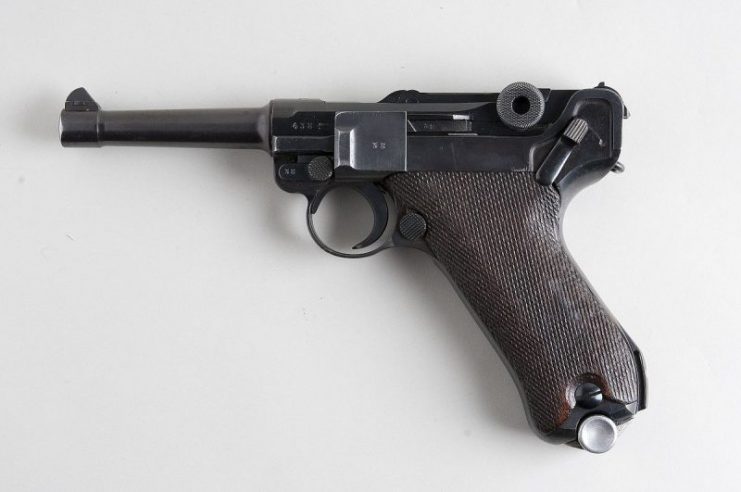
Smith and Wesson’s M1917 revolver saw limited service during World War II. With the government short on 1911s, the revolver served as a stop-gap to keep the troops armed. Most of the revolvers went to tankers and artillery personnel so they would have something to defend themselves with.
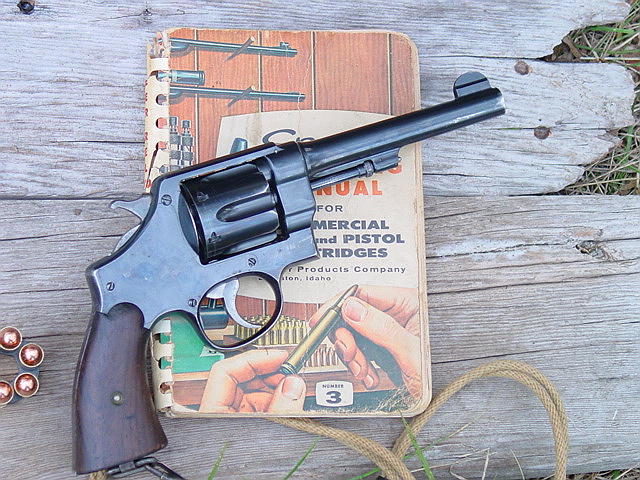
A large caliber revolver chambered with a .45 ACP, the weapon’s cylinders could prove tricky to load and fire without proper clips or a pencil to poke free spent rounds.
As the fired rounds are low pressure, the weapon holds up well to repeated use, with ammunition being easily obtainable even though the revolver itself is no longer in production.
While some soldiers found themselves going to war with a revolver, others found themselves holding another of Walther’s designs. The Walther PPK, the pistol Hitler used to end his life, was issued to pilots, Nazi officials, and the military police, where it would be least likely to see use.
Though the World War II variant is rare, the pistol itself is still produced. Originally chambered in a .32 ACP, the current models use either .22 LR or .380. Either way, the weapon is still a popular conceal carry choice thanks to its compact size.

Smith and Wesson weren’t the only ones issuing revolvers during World War II. Great Britain issued the Webley Mark IV as a sidearm to supplement the shortage in the army’s official sidearm, the Enfield No. 2 Mk I.
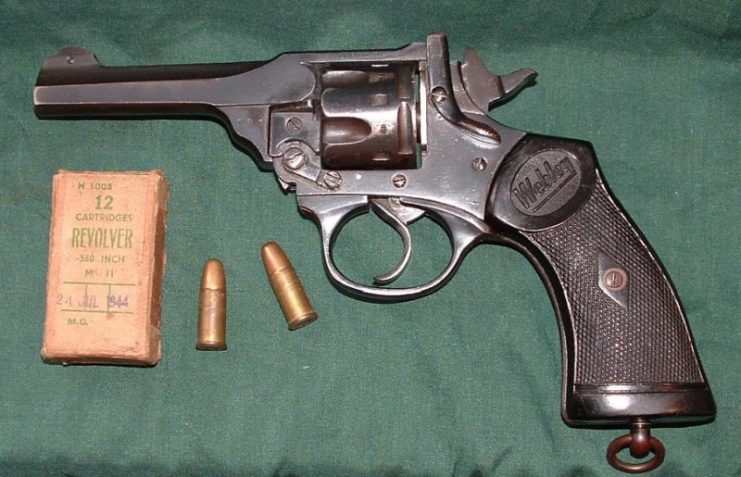
The Webley is a top-breaker that ejects spent cartridges when opened for faster reloading. Chambered in a .455 Webley, the round is similar enough to .45 ACP for easy use.
Designed as a big bore revolver like the 1917, the sturdy weapon is well-designed for such hefty bullets. The .455 Webley ammunition is still manufactured, and the revolvers themselves are still fairly available.
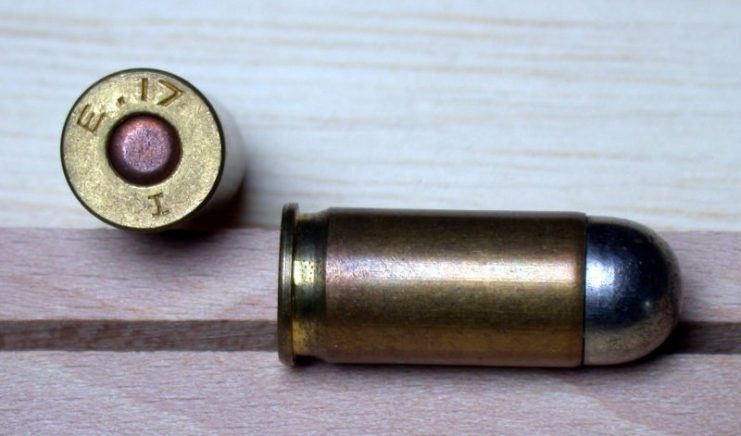
Like Walther, Smith and Wesson fielded another handgun on this list, and, unsurprisingly, it’s another revolver. The Smith and Wesson Victory Model revolvers were mostly a Lend-Lease weapon produced for the British and Commonwealth forces.
British models were chambered in their .38/200 round. Models produced for American users got chambered in a more standard .38 Special, often for use by aircrews, guards, and the Navy.
The revolvers proved effective enough to remain in service after the war, usually with American air and flight crews. Fortunately for collectors, Victory Model revolvers are really just Model 10s with a new name.
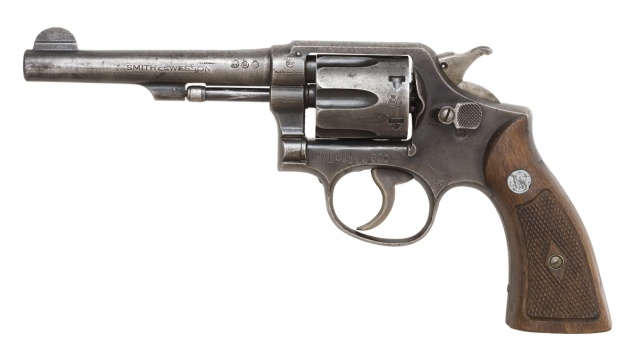
Produced in quantity and with .38 Special ammo still plentiful, this revolver is an excellent economic addition for collectors.
On the other side of the Allied spectrum is the Soviet TT-30 and its more robust descendent, the TT-33. Though many collectors are more likely to be drawn to a Nagant, being based on the Browning 1903 makes the TTs a bit more reliable than their Nagant cousins.
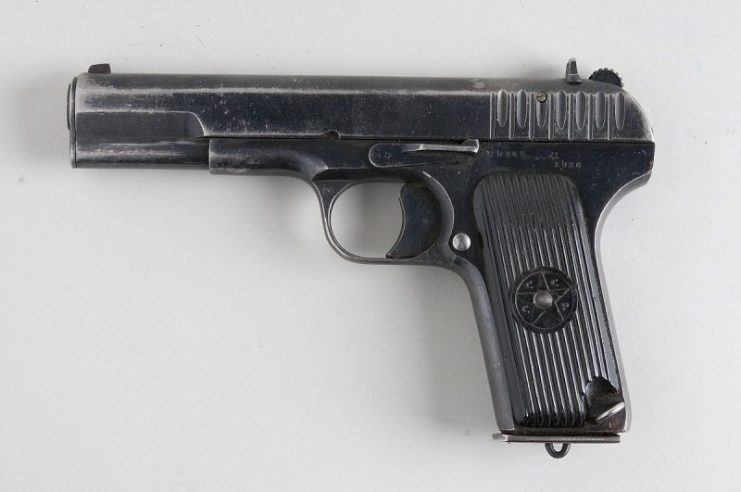
On the downside, like most Soviet products, the TT’s rounds aren’t very common since the weapon fires the small but high velocity 7.62 Tokarev. Though an odd round, it is still in production for those willing to search for it.
Comparable to .38 Special to .327 Federal Magnum, the pistol packs a similar punch in a relatively familiar design. Zastava M57 is the modern non-Soviet version for those so inclined.
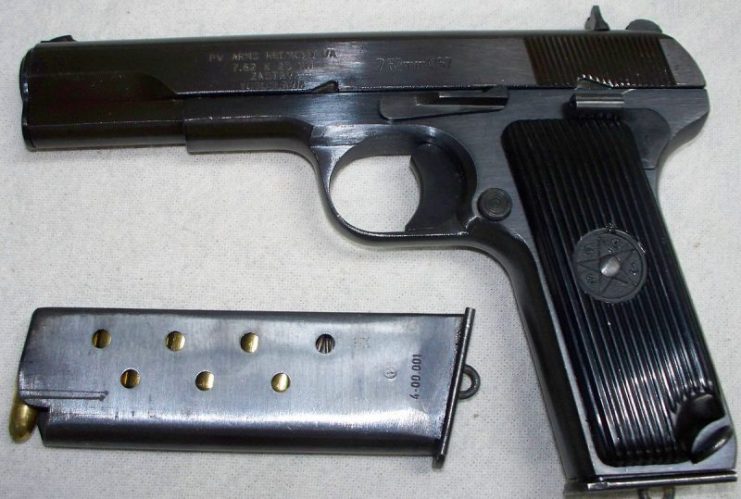
No World War II handgun list, indeed no handgun collector list at all, would be complete without mentioning the iconic M1911. Designed by John Browning and manufactured by Colt, the 1911 served as America’s sidearm of choice from its inception through to Vietnam.
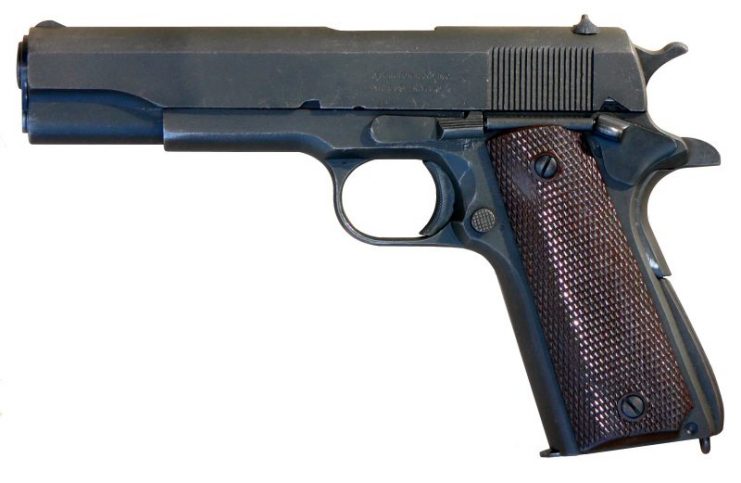
Collectors have a wide choice when it comes to the 1911, from models that saw use in World War II, earlier models, later models, and even facsimile models produced by modern companies.
Frames vary from iconic to more compact Officer frames, and ammunition chambers also vary. The standard is .45 ACP, but they can also be found in 9mm, .40 S&W, and .38 Super.
Read another story from us: Why Did Officers Carry Pistols & Not Rifles Into Battle?
A beautiful design to own and shoot, there’s a 1911 for any collector — and, for some collectors, the only solution is to have them all.
Naturally, other handguns and firearms saw service during World War II, but for the discerning collector on a budget, the seven guns listed are good examples of what can be found for those not wanting to break the bank when building their collection.
